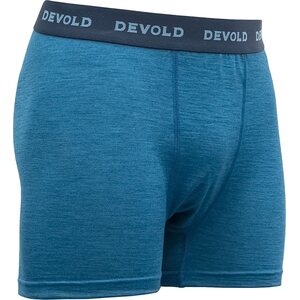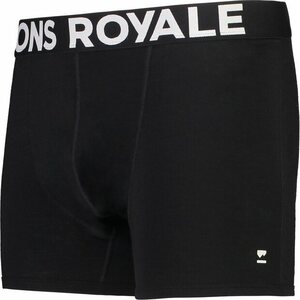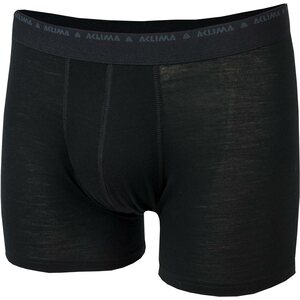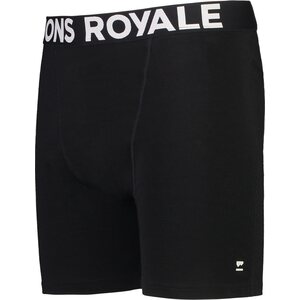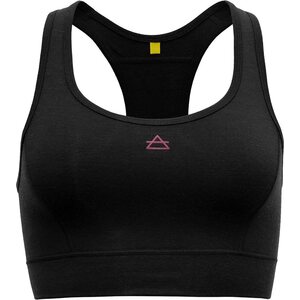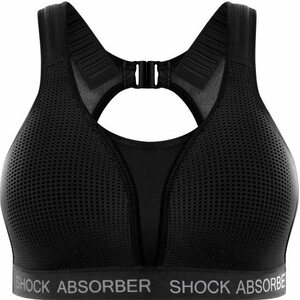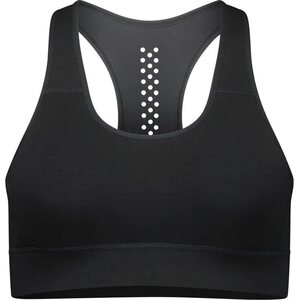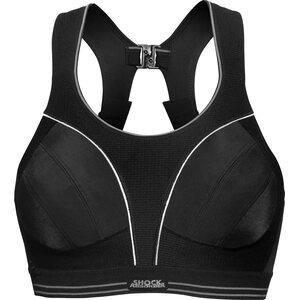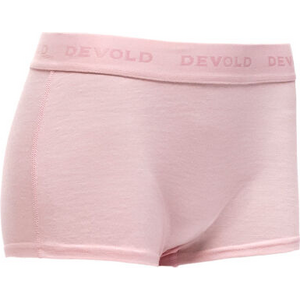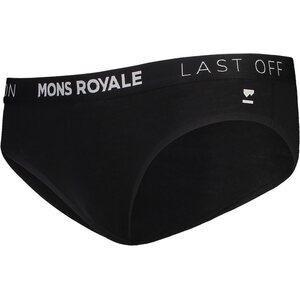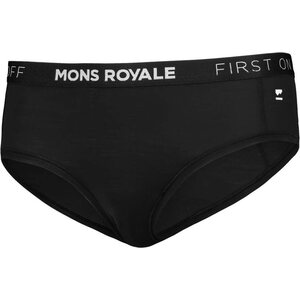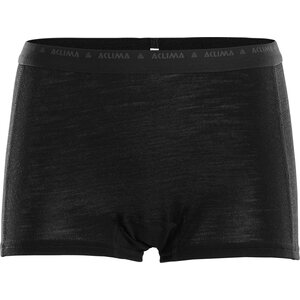(63,68 €, 增值税 0)
清仓价自 69,90 €
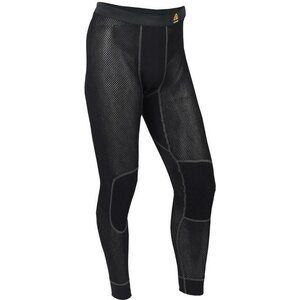
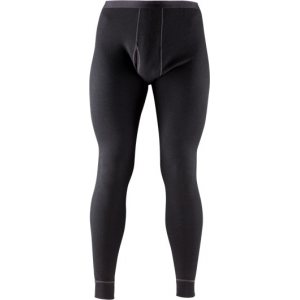
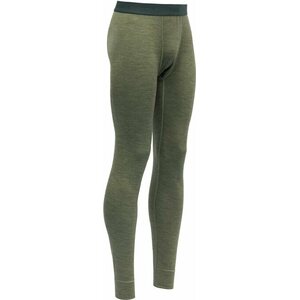
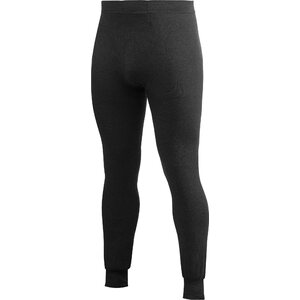
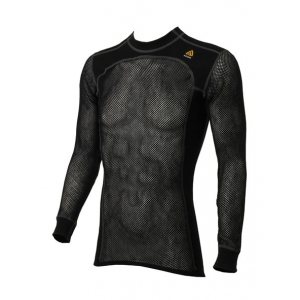
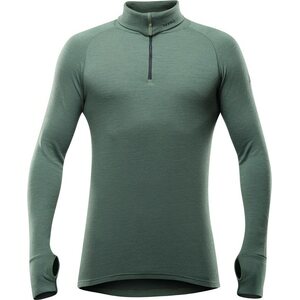
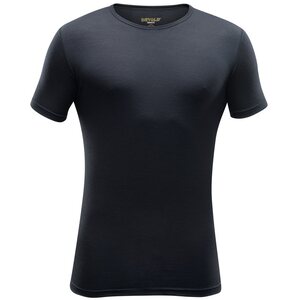
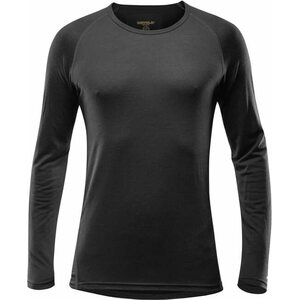
Merino wool is an extremely comfortable material. It feels cool when you are hot, and warm when the weather is cold. Merino wool transfers moisture from the skin efficiently, it dries very fast, and amazingly, keeps you warm even if it was damp. Merino wool products do not easily absorb odors: a merino wool undershirt or pants will likely wear out before they start to smell bad.
The thickness of merino wool garments is usually indicated by weight per square meter. For example, 140g/m2 is a thin option suitable for summer weather or works as a liner, while 300g/m2 is quite thick for a base layer.
The fiber thickness may also be indicated in microns. Merino wool is very fine fiber, which is its secret to not itching like regular wool. When talking about merino wool fiber, thicknesses range from 16.5 (super fine) to 24 microns (one-thousandth of a millimeter). Sheep wool is about twice as thick as merino wool, and anything over 25 microns may be perceived as itchy. To better understand these thicknesses: a human hair is about 30 microns.
The best thing with merino clothes is the easy care. The best care is airing after use, but you can also wash the garment if you need to. If you are washing the whole garment, do it at a low temperature. Sometimes just a stain removal is enough. Check the care instructions of your garment on its laundry etiquette. Using too strong soaps or detergents weakens the features of the natural material, so pay attention to detergent dosing and always use detergents meant for wool clothing.
There is one weakness in the merino wool. Because it is an entirely natural product, it tends to form pills, and it is not as hard-wearing as for example synthetic fibres that you cannot break almost by any means. Therefore, many manufacturers have chosen to reinforce the merino wool fiber used in their garments with synthetic fibers, which will be discussed later. Remember, even if your merino garment gets a hole or other damage, it can be darned just like any woolen garment. Another factor to consider is the price. Often, merino wool base layers are more expensive than synthetic ones.
As mentioned, merino wool garments are quite pricey, admittedly. It depends on what you compare them to, of course. Synthetic underwear is cheaper, and the more merino wool (fine natural raw material) a product contains and the finer it is, the more expensive it becomes.
The production process is worth noting. Harvesting merino wool is not easy, and caring for the sheep and their wool is labor-intensive, especially when choosing the ethical option, i.e., mulesing-free wool. All merino sold by Varuste.net is mulesing-free.
A merino wool blend is when merino wool is mixed with, for example, acrylic, polyamide, or polyester. The materials used in the garment are indicated on the product, and we also specify this in the product description on our online store. Blends aim to combine the best features of merino wool and synthetic fibers in one product. A small amount of synthetic fiber increases durability while retaining the good qualities of merino.
When manufacturers create thicker products for example, they can design them so that the outer layer is a blend of merino wool and synthetic fibers, while the layer against the skin remains 100% soft merino wool.
By examining the ratio of merino to synthetic fiber, you can find the perfect balance for your needs. In short, the more merino wool, the closer the product is to the properties of merino wool. The more synthetic fiber is mixed in, the more durable it is, but the typical properties of merino wool decrease.
Synthetic fiber has its place, and preferences vary. Synthetic fiber remains a good material choice, especially for sweaty activities. As mentioned earlier, the strengths of synthetic fiber compared to merino wool are particularly durability and lower cost. For some, lightweight and quick-drying synthetic materials are the absolute choice, especially for sports, even though merino wool garment manufacturers have also achieved good properties for sports as well (e.g., Devold). Nowadays, materials have developed so much that synthetic fibers can mimic many of the properties of natural fibers, although it can be challenging to achieve the exact same properties.
Below you will find our most popular underwear models:
